Arthrosis is a chronic disease in which degenerative-distribution changes occur in the joints.Arthrosis may interrupt the joint function and, in the later stages, complete destruction of the joints and loss of motor function may occur.
Arthrosis in women
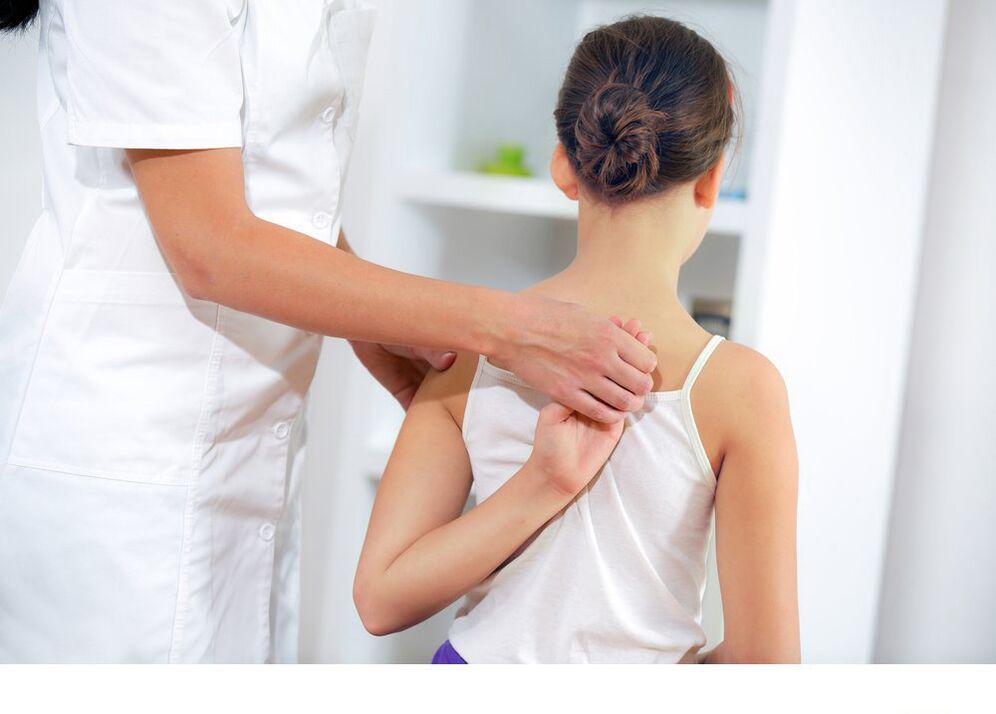
The predisposition to arthrosis is transmitted genetically.Innate characteristics or defects of tissue structure and connective joints (dysplasia) may affect the development of the disease, especially in combination with acquired factors.Among the latter, there may be injuries, obesity and other diseases.
At 45, arthrosis is diagnosed in 2-3% of women, but this percentage increases by more than 10 times at age 45 to 60 years.After reaching 65 years, symptoms of arthrosis are found in 70% of women.Men suffer from this disease less often.
Arthrosis in pregnant women
Arthrosis in pregnant women can significantly complicate the influence of a child.And not just because, due to the inevitable increase in body weight, joint load increases significantly.During pregnancy, it is necessary to exclude or significantly reduce the use of certain drugs used to treat arthrosis.
Therefore, pregnancy in a woman with joint arthrosis is performed in the narrow interaction of a gynecologist, orthopedic and rheumatologist.Doctors jointly resolve issues related to the arthrosis treatment plan, taking medications, prescribing a special regime.Perhaps a pregnant woman needs to use special orthopedic devices designed to facilitate the course of arthrosis and not interfere with fetal bearing.
Arthrosis in women in menopause
Women whose organism is included in the menopause period is at risk of joint arthrosis due to hormonal background changes.The health of bones, joints and ligaments depends on estrogen level.An decrease in female hormones, associated with the onset of menopause, may lead not only to osteoporosis, but also to the onset of degenerative joint changes and the development of arthrosis.
Arthrosis in Men
Many times articulation develops in adulthood in men who abuse some types of exercise.Especially this happens after a long sports break.To return the previous physical form, a man may try to get involved in the previous intensity.But excessive load leads to arthrosis faster than relief muscles appear.
Arthrosis in children
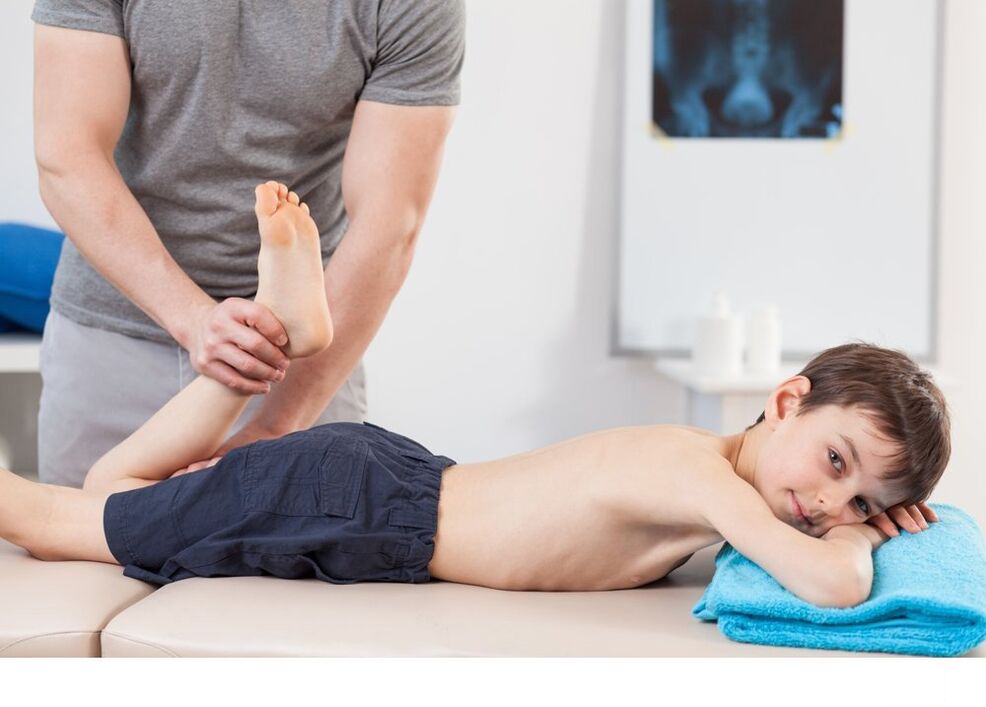
At an early age, joint arthrosis is rare, but, however, this diagnosis in children is also found.
Arthrosis in young children
The probability of arthrosis at an early age increases if the child has congenital disorders of the bone system structure.This can be hip articulation dysplasia or defects of the column, elbow or knee joint joints.A change in joint joint geometry causes the occurrence of an overload, adversely acting on joint components.At the same time, the muscles have not yet been developed enough to compensate for the defects of the structure.
Arthrosis in adolescents
In adolescence, arthrosis may be associated with injuries received during sports or outdoor games.Another reason is a sufficient balanced diet, the hormonal restructuring of puberty, the rapid growth of bones with the delay of increasing the mass and strength of the muscles.
Arthrosis of the joints of the lower extremities
Most of the time, large joints of the lower extremities suffer from arthrosis.But there is also damage to the smaller joints: for example, arthrosis of the fingertips on the foot.
Knee articulation arthrosis (gonarthrosis)
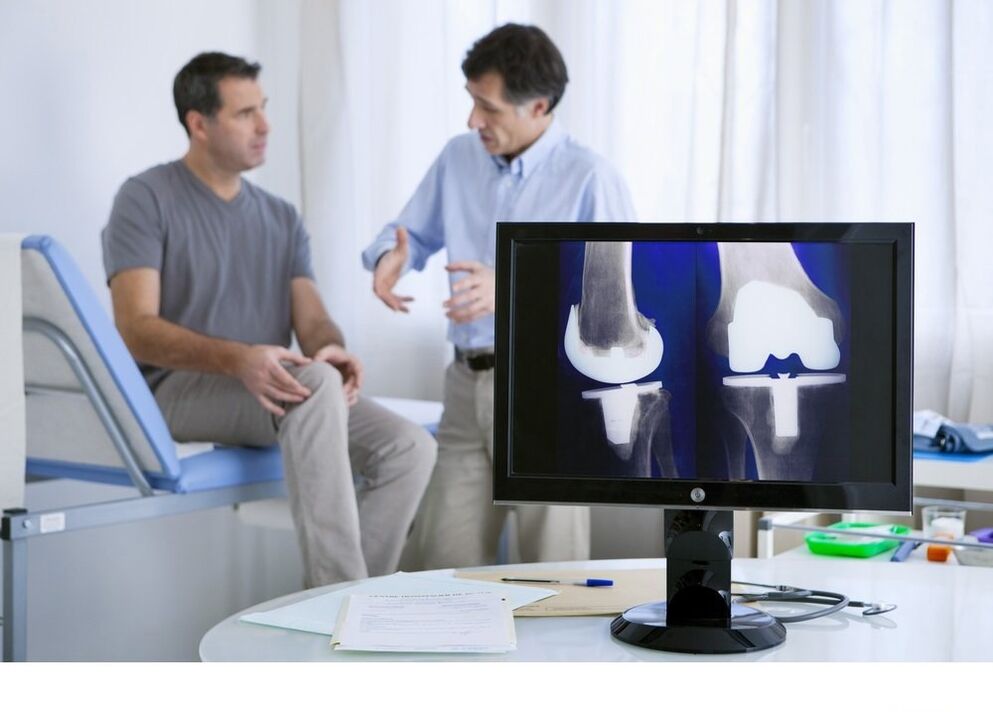
Knee arthrosis is often found in men who play heavy cargo sports.A wise amount of squats, with or without weighting, can quickly use the cartilage layer and cause knee joint arthrosis.
The first alarming signs of knee joint arthrosis are characteristic crushing and clicks on the joint when moving.Pain occurs later because the patient does not realize the degenerative changes in progress for a long time.
With timely treatment, knee articulation arthrosis can be defeated or at least suspend the development of the disease.
Arthrosis of the ankle articulation (cruzartrosis)
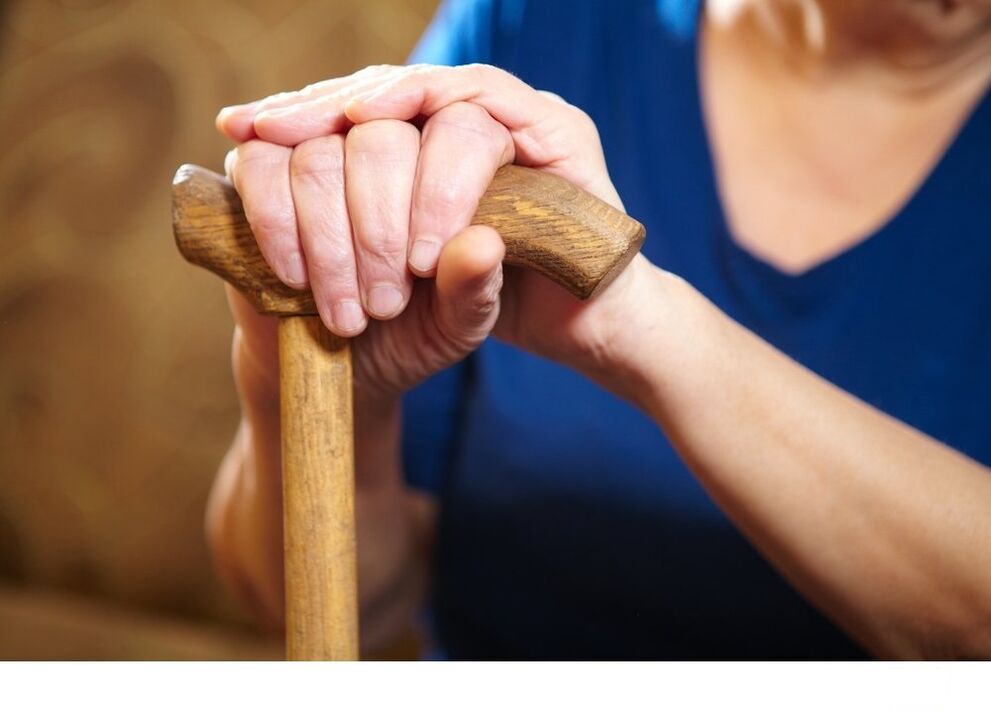
The ankle joint is very mobile and performs important functions when walking, running and jumping.Arthrosis of the ankle joint is able to lead a person to deficiency in just a few years if the treatment is not started in a timely manner.
But the early diagnosis of arthrosis of the ankle joint remains problematic, as there are no nerve endings in the cartilage itself and, for a long time, pain is not felt.Pathological changes develop, almost at all to feel meaningful.In the early stages of ankle joint arthrosis, as a rule, it is detected by accident.
Hip Arthrosis (Coxartrosis)
COKSARROSIS, or arthrosis of the hip joint, belongs to the most common and most severe injuries of the joints of the lower extremities.As a rule, pain is absent for a long time.The pain already appears when the joint is significantly destroyed.This is very dangerous as it is the hip joint that carries the main load associated with body mass.
Arthrosis of the foot joints
Although arthrosis usually affects large joints, smaller joints may also suffer.The reason for the development of foot arthrosis can be lesions, congenital disorders in the structure of limbs, flat feet, uncomfortable shoes, work in which a person spends a lot of time on the feet.Frequently, the development of foot arthrosis can cause vascular disease, because the blood supply to the limb is disturbed, as well as endocrine and metabolic diseases.
A protruding bone at the base of the thumb often appears precisely due to finger joint arthrosis.After the deformation of the first joint, the propagation of the process to other fingers can follow.
Arthrosis of the joints of the upper ends
Although the upper limbs are responsible for a lower load than in the lower arthrosis of the joints of the hands, it causes many problems to the patient.
Arthrosis of the brush joints
Statistics say: This type of arthrosis is found in women much more often than in men.And manifest, as a rule, after the beginning of menopause, although the first symptoms of arthrosis may appear before.
It is precisely the arthrosis of the fingers that disfigure the hands, making the joints with Monte, swollen and the fingers - curves.
Articular deformation is very poorly affected by fine motor skills.It is difficult not only to hold small objects in your hands, put a thread on a needle, knit and write.During the periods of exacerbations, the painful fingers cannot hold the spoon, and the cup of tea should be lifted with both hands, and then it can slip.
Elbow joint arthrosis
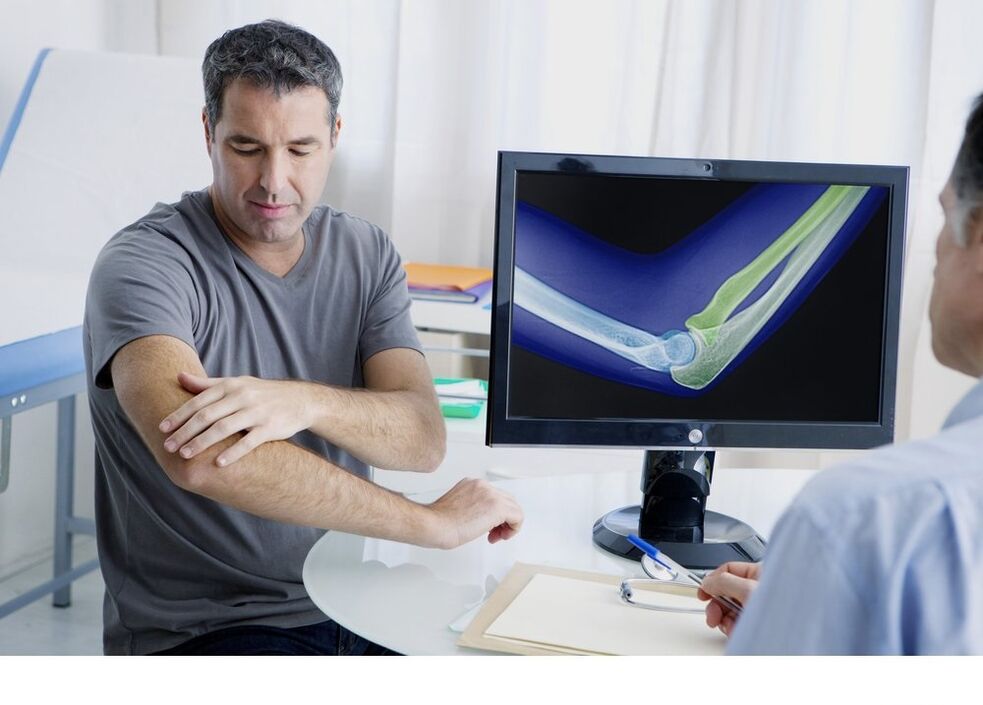
This type of joint arthrosis is relatively rare.Normally, the cause of disease development lies in injuries, inflammatory diseases, hard work, excessive enthusiasm for some sports.
Although the elbow joint usually does not have significant loads, the changes caused by arthrosis may completely interfere with normal life.In violation of mobility may even deprive a person of the ability to perform the usual action in the life of, including meeting their own needs.
Shoulder articulation arthrosis
Shoulder articulation arthrosis is not very common.If, at the early stage of the development of shoulder articulation arthrosis, the pain appears relatively rarely, then, as the joint destroys the situation, the situation worsens.
The hand becomes painful to lift and rotate, the pain intensifies when strongly raised and climate change.Pain on foot does not allow to sleep: the patient cannot find the position of the body where the shoulder did not hurt.
Temporomandibular joint arthrosis
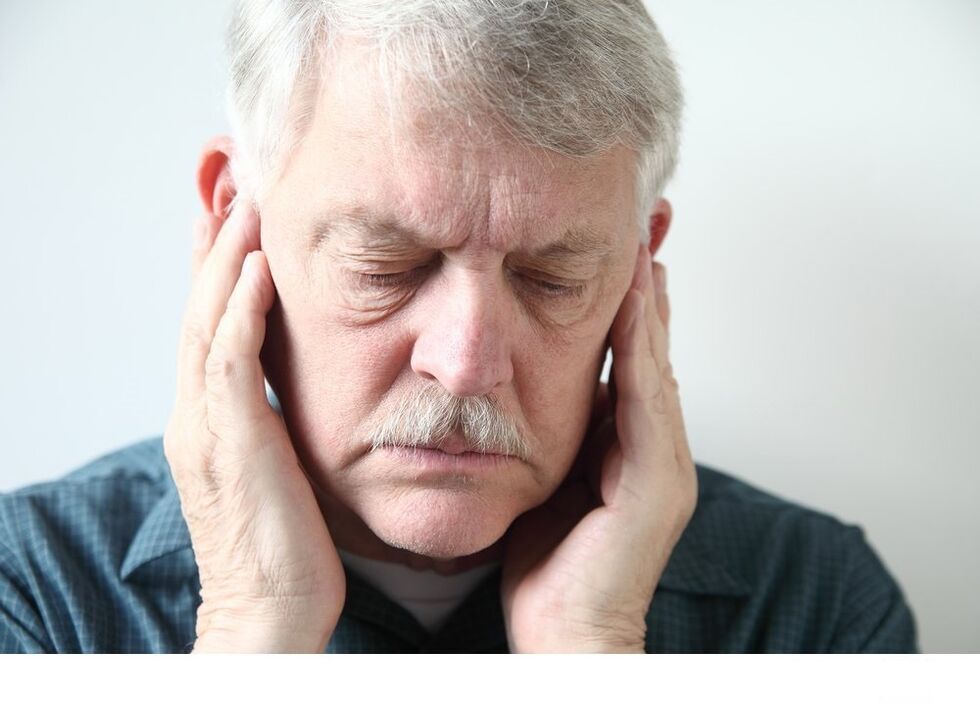
If arthrosis of the joints of the hand can interfere with the patient to transmit a spoon with food to the mouth, the arthrosis of the temporomandibular joint (TMS) prevents the mouth.But this is in the last stage of the disease, when the joint of the jaw underwent significant destruction, and bone growth deprives it of mobility.
The cause of the disease is a violation of the bite, congenital or acquired due to the destruction or loss of teeth.The development of arthrosis can cause injuries, inflammatory processes in the joint.
Arthrosis of the column joints (spondilartrosis)
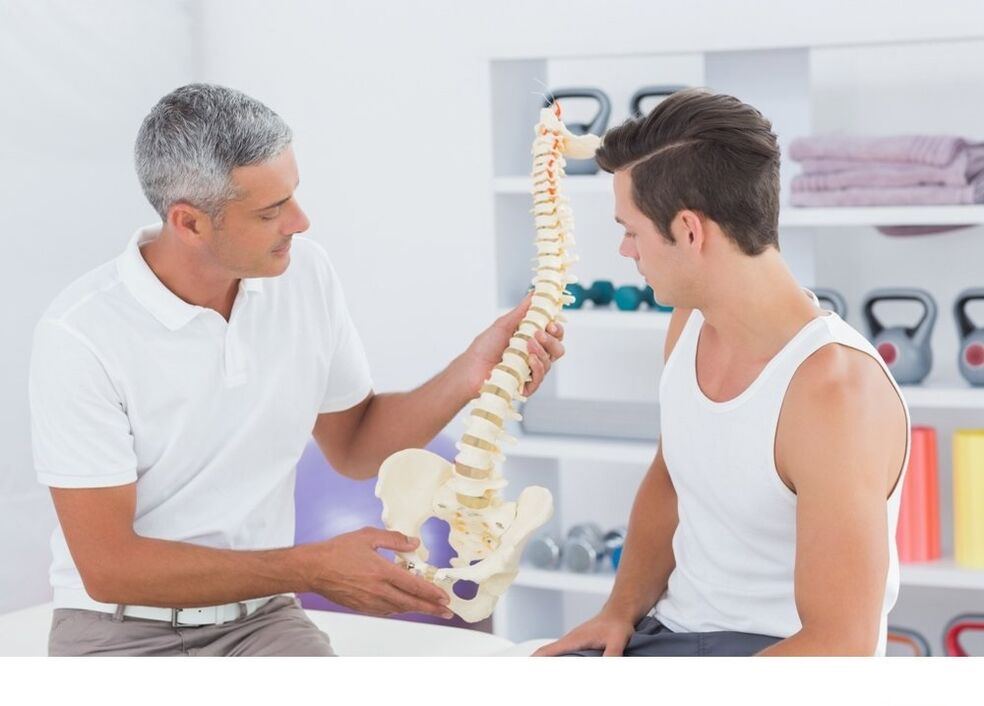
Arthrosis of neck joints develops due to a violation of bone structure and cartilage;Due to a long stay in the wrong position of the body during the operation.The reason may be injuries, inflammation, hard work, violation of blood supply in the spine and many other factors.
Arthrosis of the spine joints is dangerous, as joint deformation can lead to compression of nerve fibers, blood vessels, which in turn can cause various pathological symptoms.These are frequent headaches, migraine (meaning vertebral artery syndrome or “cervical migraine”, hypertension, weakness and rapid fatigue, etc. compression of blood vessels and nerve fibers can occur with 2nd degree spondyl arthrosis.
Arthrosis symptoms
Symptoms of arthrosis of the leg joints
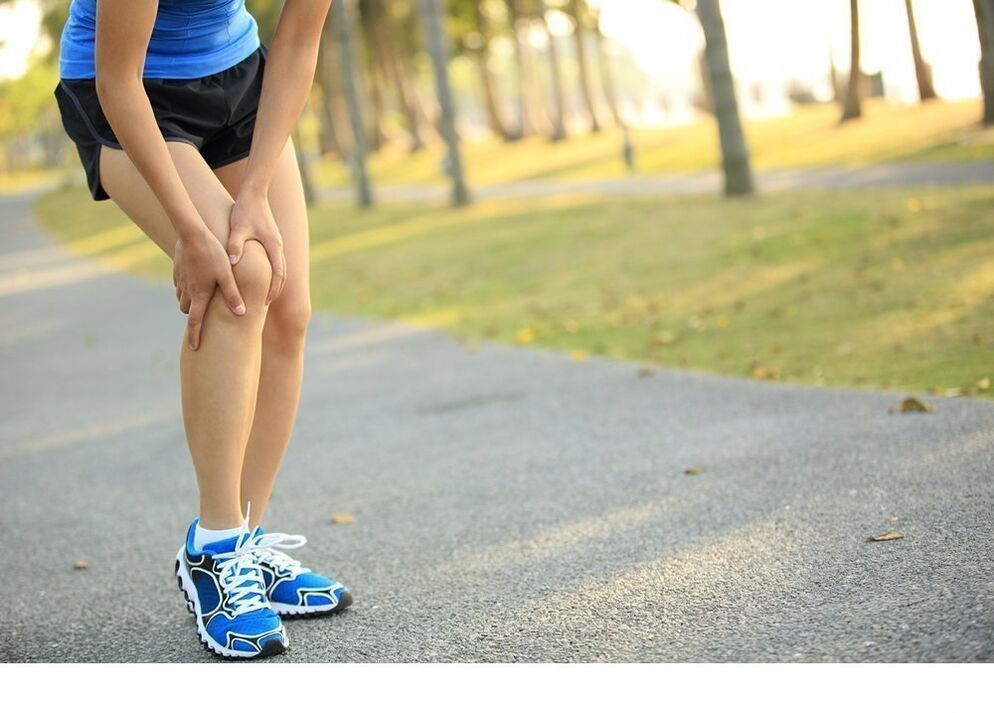
Pain, as a rule, is absent in the early stages of the disease.But you can see that when moving, the joint can click, crack and sometimes very high.
If arthrosis is not treated, movement without cane or crutches can become problematic.And in the most severe cases, the patient completely loses the ability to move independently.Gonarthrosis, arthrosis of hip and ankle joints are especially difficult.
Joint arthrosis symptoms

Arthrosis of the joints of the hand manifests itself in the deformation of the fingers: they can bend, the joints swelling, thickening and hills appear in them.During exacerbation, the painful joints become hot and painful.The arthrosis of the fingers prevents exact movements, the fingers obey badly.
Symptoms of shoulder joint arthrosis are expressed, among other things, in limiting mobility.If a healthy shoulder articulation has the ability to make a variety of movements with a wide range, then with shoulder joint arthrosis, it can become impossible even raise your hand.
Symptoms of temporomandibular joint arthrosis
The symptoms of arthrosis of the jaw letter are not very different from others.This is crackling during movement, limiting joint mobility.Also, in the absence of treatment, the patient can usually lose the ability to open his mouth and even speak clearly.As the disease develops, the pain appears, increasing the load and during the cold and cold climate.
Symptoms of spondylartrosis
In the early stages, spondyl arthrosis manifests itself only for some discomfort in the back.Unpleasant sensations make the patient more often than normal, change the position of the body.As the disease develops, the pain appears.At first it is not strong, but very stubborn and intrusive, and then it can become constant and tiring.
Forms of arthrosis
Primary and secondary arthrosis
Primary, or idiopathic, is called arthrosis, whose causes of development cannot be detected.This applies to hereditary forms of arthrosis, including.
Secondary arthrosis develops as a result of various pathological processes in the body that can cause changes in the joints.It can be injuries, a wrong lifestyle, hard work or disease.In particular, arthrosis can develop after undergoing joint inflammation as well as due to diseases of the vascular system, endocrine disorders and autoimmune diseases.Arthrosis can lead to diabetes mellitus, gout, darteritis obliteration, etc.
Localized and widespread arthrosis
Localized arthrosis is characterized by the propagation of the process by 1-2 joints.Localized arthrosis includes hip joint arthrosis, gonarthrosis, cruartrosis, temporomandibular joint arthrosis, etc.
The causes of arthrosis
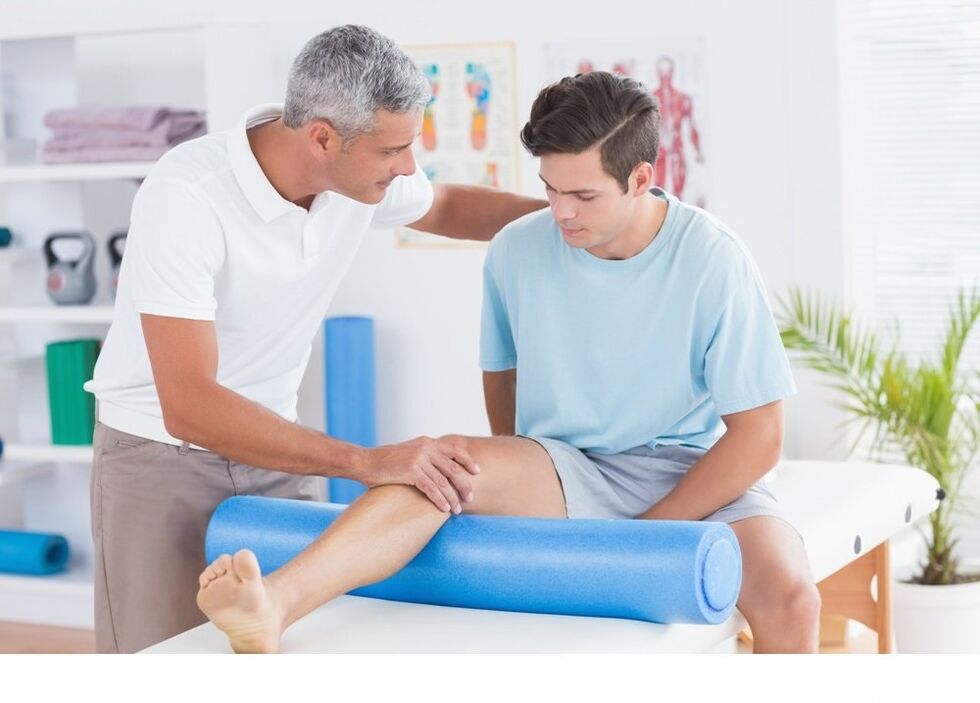
The causes of primary arthrosis
Primary arthrosis can develop for obscure reasons, which are not always possible to detect.Famous risk factors include congenital and genetically transmitted characteristics of the body.
Building Anomalies
The structure of the skeleton, bones and ligaments plays a great role in the development of arthrosis.This may be due to violations of bone structure, cartilage and connective tissues and inadequate formation of bones and joints.
Hereditary predisposition
Genetic disorders can lead to disturbances in the processes of substance synthesis that are cartilage, connective tissue or joint fluid.
The causes of secondary arthrosis
Wound
As a result of fractures, cracks and incorrect fusion, the natural form of the joint may change, its blood supply to it can be disturbed.This is why the reason for the development of large and small joint arthrosis in 20 to 30% of cases is injuries.
Excessive load
With a lot of physical activity of the surface of joint joints when moving, the microtrauma is obtained, which over time leads to a change in cartilage quality and its destruction.
Obesity
Excess weight significantly increases the load in the joints of the spine and the lower ends.It is this factor that accelerates and weighs the course of coxarthrosis, arthrosis of the ankle and knee joints.
Joint joints
Inflammatory processes in the joints are called arthritis and usually precede the development of arthrosis.Articular inflammation occurs with rheumatism and rheumatoid arthritis, with gout and psoriasis.
Endocrine diseases
Diabetes mellitus is one of the most significant factors in the development of arthrosis.But other diseases and endocrine conditions may have a negative effect.In particular, hormonal changes associated with menopause significantly increase the risk of arthrosis in mature women.
Violations of metabolic processes
Metabolism diseases also contribute to joint arthrosis disease.This is gout, osteoporosis and others.Metabolic processes that occur incorrectly play a negative role in calcium absorption, protein synthesis and other elements necessary to preserve the normal structure of bones, cartilage, ligaments, etc.
Blood supply disorders
Atherosclerosis, varicose veins and other blood vessels lead to a violation of blood supply and nutrients of bones and joints.Due to lack of nutrition, its strength is reduced and the risk of arthrosis appears.
Hypodinamia
Lack of movement is harmful to the whole body and also for the musculoskeletal system.Lack of physical activity negatively affects blood supply to individual organs and systems and also usually leads to obesity and congestive phenomena.
Diagnosis of Arthrosis
Arthrosis may be similar to other diseases that require a different treatment methodology.The correct diagnosis is very important for the opportune beginning of the treatment of arthrosis and the choice of the ideal methodology.
The suspicion of arthrosis occurs during the initial exam based on a set of complaints of the patient.But this is not enough to establish a precise diagnosis.
One of the most visual methods remains an X -ray examination: the changes that occur in the joint are clearly visible on the radiography.The degree of visible changes in the image allows to determine the degree of development of the disease.
In addition to radiography, thermographic examinations, ultrasound, calculated and magnetic resonance are used.
Other studies are conducted for differential diagnosis.In particular, rheumatoid samples, a detailed blood test, determination of uric acid level, etc.
Treatment of arthrosis
How to treat arthrosis?
The main thing that should be remembered by the patient with arthrosis: treatment should be performed under the supervision of experts.With domestic methods, arthrosis cannot be healed.Also: If the disease has already developed up to 2-3 stages, it will not work to completely restore the affected joint.
Treatment of Arthrosis: Medicine
The treatment of joint arthrosis should be comprehensive.The basis of drug treatment is chondroprotectors - medicines that help maintain their elasticity and strength that improve the structure of cartilage tissue.
Condroprotectors are available in different ways:
- in capsules and tablets;
- In intramuscular and intra -articular injection solutions.
Condroprotectors are especially effective with an early degree of arthrosis, but their use is also advisable in the treatment of advanced stages of the disease.
To relieve pain, several anesthetics and painkillers are prescribed in the form of creams, gels for local use or in the form of injections.
To relieve inflammation in the affected joint, non -anti -inflammatory drugs are used -diclofenac -based sodium, orthophene and metindol.
Muscle cramps retreat under the influence of myorlaxing drugs.
In addition, medicines are prescribed that contribute to the improvement of blood microcirculation.As auxiliary substances, the use of vitamins is possible.
Arthrosis treatment with surgical methods
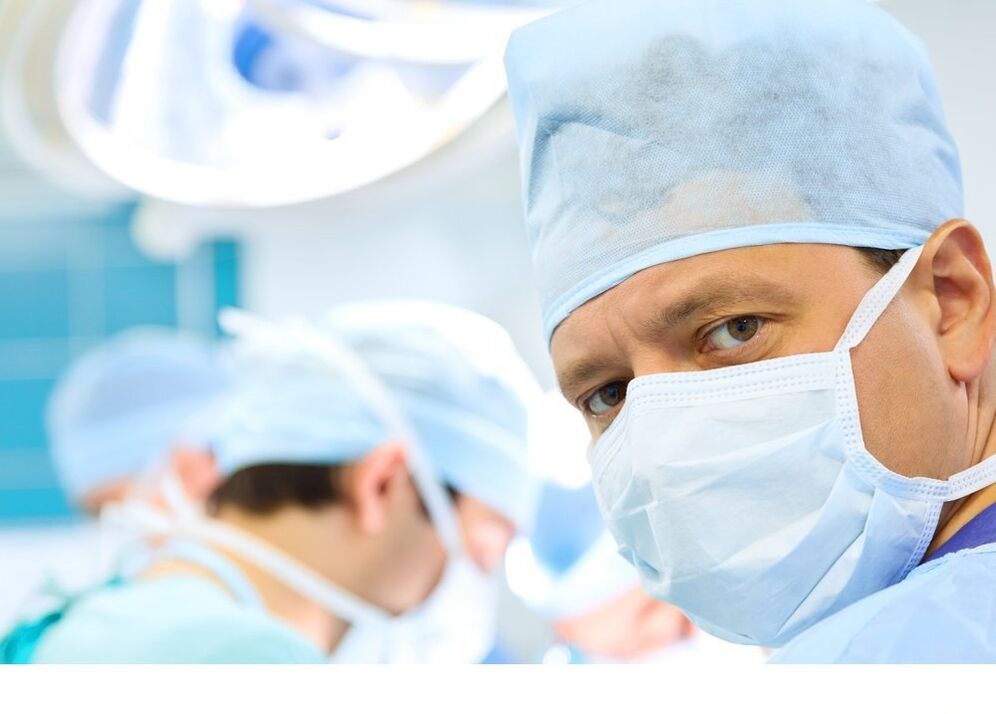
In the late stages of arthrosis, when the joint is already significantly destroyed and not granted to medical treatment, surgical operations in the joint can be performed.
Types of surgical treatment of arthrosis:
- Arthroplasty, in which mobility can be returned to the affected joint;
- Arthrodesis designed to ensure the immobility of the articulation;
- Joint resection, ie complete or partial removal of the affected elements of the joint;
- The prostheses, in which the damaged and destroyed pieces are replaced by artificial elements.
Massage, Physiotherapy in the Treatment of Arthrosis
Physiotherapeutic treatment plays a very important role in the fight against the symptoms of arthrosis.The patient receives prescribed massage, laser and magnetic therapy, acupuncture and other types of treatment.
Treatment courses should be repeated regularly.
Sanatory arthrosis-resort treatment
Many sanatoriums are specialized in treating arthrosis, especially those that are located near therapeutic mud deposits and specialize in mud.
Arthrosis patients are indicated by therapeutic baths and heating, but all this should be done under strict medical control.Mudlit has restrictions and against -indications.
Degree of arthrosis
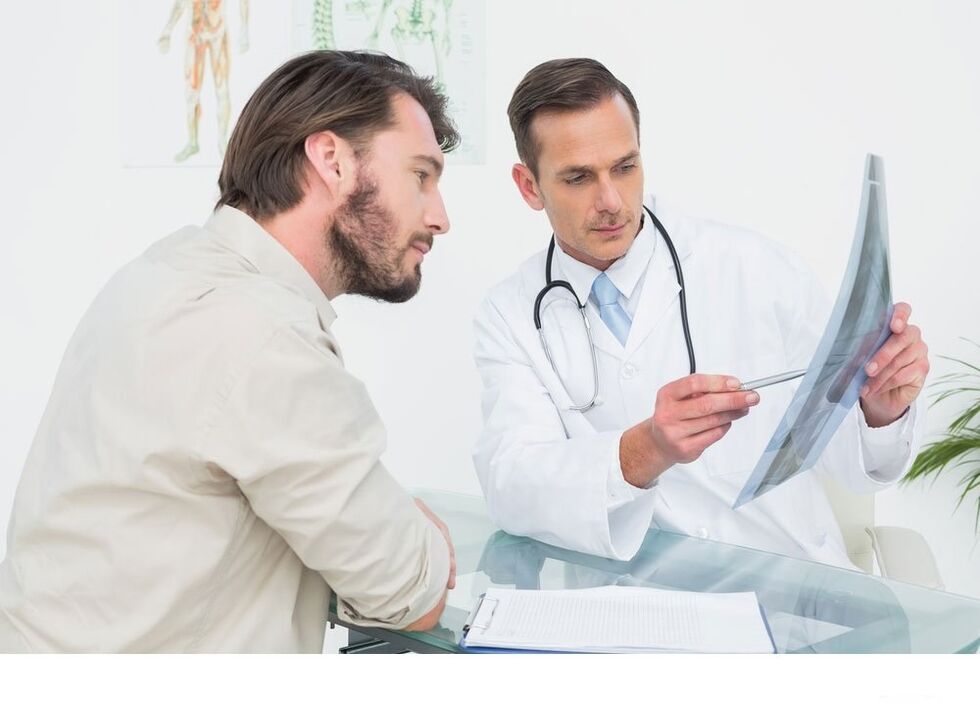
1st degree arthrosis
The early degrees of arthrosis are manifested by insignificant symptoms that cannot be easily noticed:
- some rigidity of the movements, especially after being in relative immobility;
- pain at the beginning of the movement, disappearing after a few minutes;
- Lightweight ray, crisp, click on the joint when making movements;
- The pain after and during physical exertion, after rest, passes.
In the radiography, small changes in joint structure can be visible, including the appearance of small bone growths along the edges of the joint joint and a slightly expressed narrowing of the joint gap.
2nd degree arthrosis
With 2 degrees of arthrosis, all symptoms look more strongly:
- Most noticeable restriction of joint mobility;
- With any movement, a crack and a crisis in a painful joint are heard;
- The pain for high school arthrosis becomes more frequent and clearer;
- "Beginning" pains no longer disappear after the beginning of the movement;
- In X -ray, joint deformation and osteophyte growth are clearly visible;
- Second degree arthrosis causes a significant narrowing of the joint gap, may even be remarkable to reduce the painful member.
With 2 degrees of arthrosis development, performance is reduced and some types of activity become impossible.
3 degrees arthrosis
3 degree of arthrosis is characterized by severe articulation damage:
- Bone tissue growth and fluid accumulation in the joint grant lead to an increase in the joint;
- Movements are significantly limited, sometimes the patient is able to perform nothing more than swing with the affected limb;
- Sensitivity to climate change increases;
- Strong pain practically does not leave the patient moving or at rest;
- The muscles around the painful joint are constantly spasmodic due to power disorders that begin to gradually atrophy;
- The joint gap is hardly visible on radiography, the deformation of the surfaces of the joint elements is strongly expressed;The articulation is surrounded by the growth of bone tissue, the destruction of intra -articular structures and sclerotic changes in surrounding tissues is noticeable.
4th degree arthrosis
Despite the generally accepted classification of arthrosis development, consisting of 3 degrees, sometimes the most serious, 4 degrees is distinguished.The deforming arthrosis of the articulation at this stage of the disease assumes the most severe form: the joint is completely destroyed and loses its functions.At the same time, the patient experiences such severe pain that even smaller movements become impossible.The pain does not even stop with powerful drugs.
At the X root, the fusion of the affected bones of the joints, the joint, expressed sclerotic changes.
At this stage, deforming arthrosis can only be interrupted by a surgical operation for prostheses the destroyed joint.
Arthrosis prevention
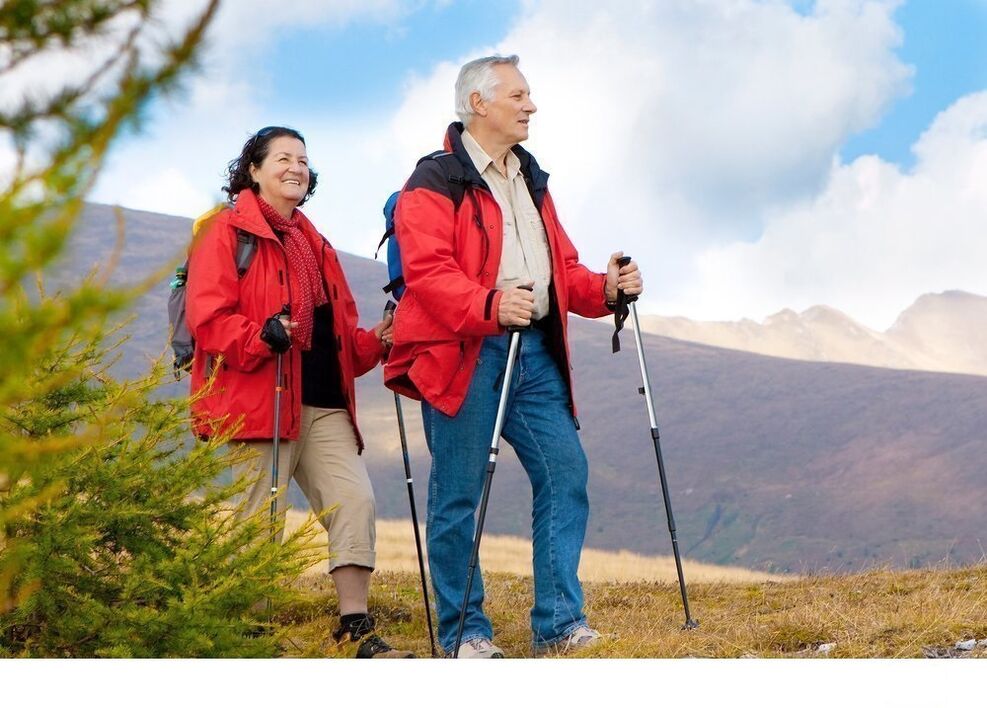
The health of the joints should be removed from youth.The prevention of arthrosis is aware of your health and, in search of a doctor, when the first symptoms of arthrosis appear, even expressly expressed.
Prevention measures include maintaining body weight at an ideal level.
Do not be overwhelmed in traumatic sports, train with excessive diligence and irrational loads.It is also dangerous to take great breaks in sports, after which the previous load can be destructive to the joints and cause arthrosis.
It is advisable to provide adequate and rational nutrition, excluding alcohol, fat, spicy and canned foods.It is absolutely necessary to stop smoking to maintain the health of blood vessels.
For women, it is always relevant to avoid nearby shoes.And in the period of menopause, it is necessary to competently address the issue of hormone replacement therapy, so as not to expose the body to hormonal stress that can cause the development of arthrosis.
Since lesions become a common cause of arthrosis development, it should be avoided as much as possible damage to bones, joints and other lesions.
Arthrosis Exercises
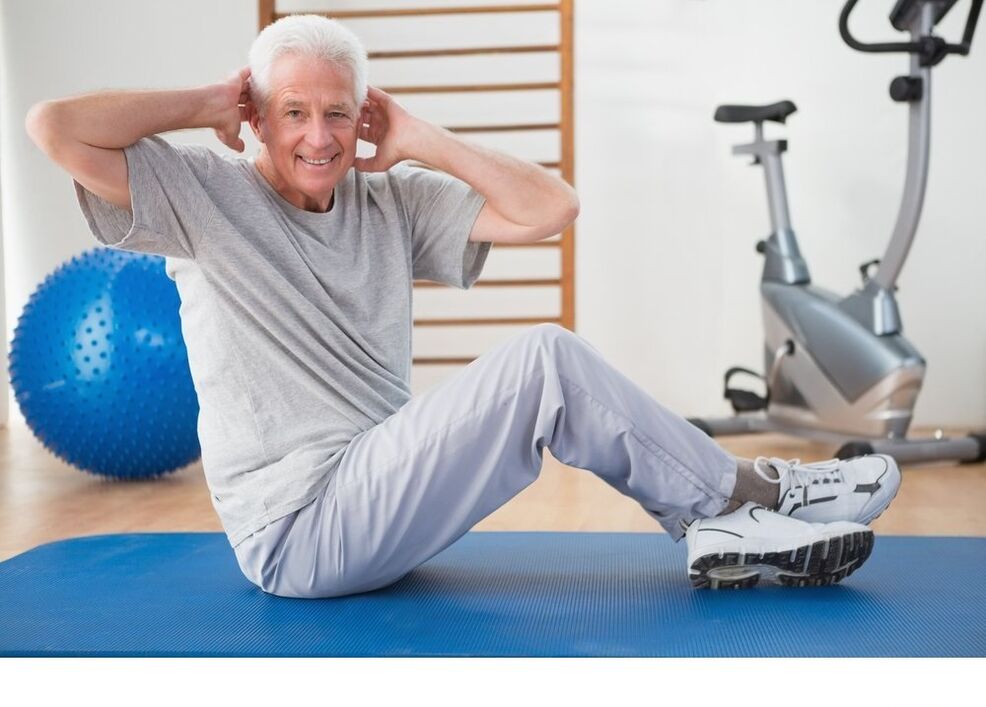
Therapeutic gymnastics for arthrosis is very important as well as sufficient physical activity for disease prevention.
Special exercises for arthrosis are selected by the doctor, but there are some general recommendations.
- Arthrosis exercises should not cause pain.
- The intensity of the load should not be large, any overloads are harmful.
- The movements are performed at slow or medium pace with moderate amplitude.
- Swimming is very useful and aquaerobic in a hot pool.
- Arthrosis exercises must be performed daily without breaks for a long time.Preferably always.























